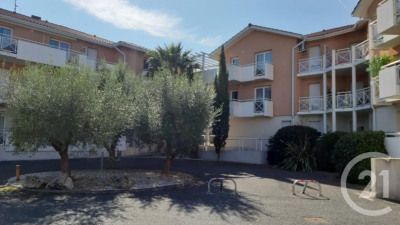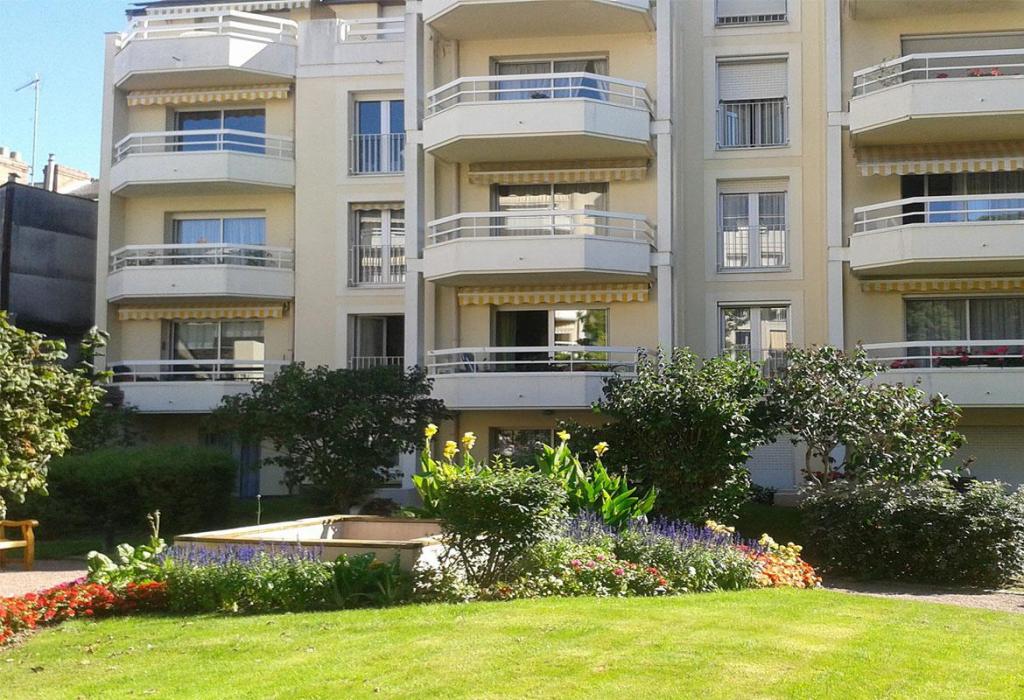

Pollutant Removal, Dispersion and Entrainment over Two-Dimensional Idealized Street Canyons: an LES Approach This preliminary study indicates that failing to account for the presence of vegetation, as typically practiced in most operational dispersion models, would result in non-negligible errors in the predictions.

To this aim, CFD simulations for two typical winter/spring days show that trees contribute to alter the local flow and act to trap pollutants. The aim is to show the combined influence of building morphology and vegetation on flow and dispersion and to assess the effect of vegetation on local concentration levels. Observations made for the idealized street canyons are re-interpreted in real case scenario focusing on the neighbourhood scale in proximity of a complex urban junction formed by street canyons of similar aspect ratios as those investigated in the laboratory. In this study, we demonstrate that while for tree-free street canyons under inclined wind directions the larger the aspect ratio the lower the street-level concentration, in presence of trees the expected reduction of street-level concentration with aspect ratio is less pronounced. It is usually assumed in the literature that larger concentrations are associated with perpendicular approaching wind. A comparison with previous investigations shows that street-level concentrations crucially depend on the wind direction and street canyon aspect ratio W/H (with W and H the width and the height of buildings, respectively) rather than on tree crown porosity and stand density. These analyses are then used as a reference modelling study for the extension a the neighbourhood scale by investigating a real urban junction of a medium size city in southern Italy. This paper first discusses the aerodynamic effects of trees on local scale flow and pollutant concentration in idealized street canyon configurations by means of laboratory experiments and Computational Fluid Dynamics (CFD). Atmospheric flows slow down rapidly after the leeward buildings, leading to updrafts carrying pollutants away from the street canyons (the basic pollutant removal mechanism).Īnalysis of local scale tree-atmosphere interaction on pollutant concentration in idealized street canyons and application to a real urban junctionīuccolieri, Riccardo Salim, Salim Mohamed Leo, Laura Sandra Di Sabatino, Silvana Chan, Andrew Ielpo, Pierina de Gennaro, Gianluigi Gromke, Christof In addition to wind speed promotion, turbulent mixing is thus required to dilute the ground-level pollutants, which are then removed from the street canyon to the UBL. Whereas, mean wind carries pollutant into and out of a street canyon simultaneously. Partitioning the vertical pollutant flux into its mean and turbulent components demystifies that the pollutant removal is mainly governed by turbulence. The pollutant is rather uniformly distributed inside a street canyon but disperses quickly in the UBL over the buildings. Different from the flows over a smooth surface, the turbulence intensities are peaked near the top of the building roughness.

A close examination on the roof-level turbulence reveals patches of low-speed air masses in the streamwise flows and narrow high-speed downdrafts in the shear layer. An area source of uniform pollutant concentration is applied on the ground of the first street canyon. The large-eddy simulation (LES) is used to calculate the turbulent flows and pollutant transport in the urban boundary layer (UBL). An idealized computational domain consisting of 12 two-dimensional (2D) identical street canyons of unity aspect ratio is employed. This study is therefore conceived to examine how urban morphology modifies the pollutant removal, dispersion, and entrainment over urban areas. Pollutant dispersion over urban areas is not that well understood, in particular at the street canyon scale. On the pollutant removal, dispersion, and entrainment over two-dimensional idealized street canyons


 0 kommentar(er)
0 kommentar(er)
